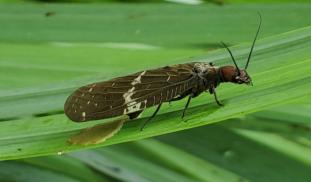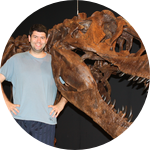Please wait...
About This Project
Successful freshwater conservation efforts require an understanding of genetic diversity and how it changes over time, data we often lack. This study will revisit populations of the saw-combed fishfly (an environmentally sensitive aquatic insect) sampled ~20 years ago to see which populations survived, how genetic diversity has changed, and whether next-generation DNA sequencing gives us a better understanding of how this species recolonized North America after the last glacial retreat.

Browse Other Projects on Experiment
Related Projects
Wormfree World - Finding New Cures
Hookworms affect the lives of more than 400,000,000 men, women and children around the world. The most effective...
Viral Causes of Lung Cancer
We have special access to blood specimens collected from more than 9,000 cancer free people. These individuals...
Cannibalism in Giant Tyrannosaurs
This is the key question we hope to answer with this study. This project is to fund research into a skull...







